|
"If we are to teach compassion for all life
in this world, and if we are to carry on a real campaign against cruelty, and against the destruction of our environment, we have to begin with reaching children." ~ Betsy Seeton |
. |
|
"It is not our differences that divide us. It is our inability to recognize, accept, and celebrate those differences." Audre Lorde "Toward no crimes have men shown themselves so cold- bloodedly cruel as in punishing differences of belief." James Russell Lowell "It is not our purpose to become each other; it is to recognize each other, to learn about the other and honor him for what he is." Hermann Hesse "If we cannot now end our differences, at least we can help make the world safe for diversity." John F. Kennedy "We need to reach that happy stage of our development when differences and diversity are not seen as sources of division and distrust, but of strength and inspiration." Josefa Iloilo  The hive entrance - March 4, 2011 - by Betsy Seeton The quotes about differences and diversity that I've included throughout today's blog were inspired by something that happened yesterday. I was at the park where a young girl about 11 or 12 years old was pointing and making a panicking "oooh" sound while stomping her feet and repeatedly yelling, "Kill it! Kill it!" Her grandfather tugged at his dog with the leash it was on and meandered over to see what she wanted killed. I had to speak up. I had a feeling about what she wanted killed and sure enough when I asked her, she said, "A bee." I began to explain how important bees are and that if she left the bee alone it was not going to attack or sting her. She said, "I know," in a snide tone claiming that she wasn't afraid, she simply didn't like bees! My intervention, no doubt viewed as annoying by the young girl, at least saved the life of that particular bee. But I got thinking about how these lovely creatures are so misunderstood. It's exactly that attitude of "Kill it!" that I would love to change to an excited utterance of "Ohhh, wow! Look at that! I see a bee!" Or "I see a beetle!" or whatever it is, but be excited with wonder and curiosity, not hate nor condemnation and not the desire to destroy. A child's curiosity should be sparked, then lit on fire and nurtured so that all life is embraced and better understood. The quotes herein refer to humans toward other humans, but I think the message applies to all life. The young girl at the park who wanted to kill a bee because she didn't like it is an example of what happens when we lack understanding and knowledge. The bee no doubt frightened her and her reaction was to kill. In my opinion, the world will be a safer and better place to live when more people expand their compassion and understanding to include all forms of life.  Sugar water on my finger - by B. Seeton Since mid-February, I've been visiting a honeybee hive at a park near where I live. Scroll to the next blog for all kinds of bee related info and more pictures. I spent a half an hour today watching the individual bees forage beneath the tree where their hive is located and introduced them to some sugar water I brought for them. I've given it to them before but had little success getting them interested in it. Today was different. The mixture was heavier on sugar and I soaked my hand in the sticky water so much that it was dripping with the sweet solution. I enticed bee after bee off their stick or piece of wood by letting drops roll down by their tongues. In no time they liked what they tasted and wanted more. I put a small puddle in the middle of my palm and showed a few bees where to get more than just a small taste. They stood at the rim of the puddle and used their straw like tongue to lap it up. Three to four bees at a time walked up and down my fingers looking for the sweet stuff. It was extraordinary.  Bee hovering before landing - by Betsy Seeton What was equally extraordinary was feeling the air conditioning coming from the bees that were hovering above my hand! I got to feel the power of their "wing fanning" and now completely understand how they use their wings to reduce moisture in the hive and adjust the temperature. I've always wanted to learn a second language and even studied French for a short period, but had very little success. I don't have an ear for sound nor a good memory. Today I came away from the beehive feeling like I finally understand a foreign language -- honeybee. Sounds a bit silly, yet the mutual trust that I've experienced with these bees feels like the communication is two-way. It's pretty cool. READ HOW A BEE BECAME MY NEPALI INTERPRETER! Today is March 14, 2011 and this is the first day I've seen this bright orange pollen (below) coming into the hive. Some new flower must be blooming. This worker bee was exhausted! It takes a lot of extra energy for bees loaded down with pollen and nectar to fly back to the hive. During the height of the summer season, worker bees only live 5 to 6 weeks due to such strenuous work. In the fall, when the bees huddle together in the hive to stay warm and feed off the food reserves stored up, they last several months.
0 Comments
Your comment will be posted after it is approved.
Leave a Reply. |
By Betsy Seeton
Loading
"If we are to teach compassion for all life in this world, and if we are to carry on a real campaign against cruelty, and against the destruction of our
environment, we have to begin with reaching children." -- Betsy Seeton FOR ALL
|





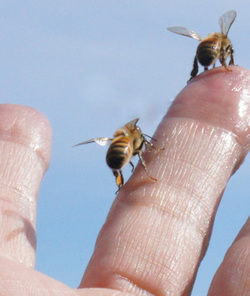





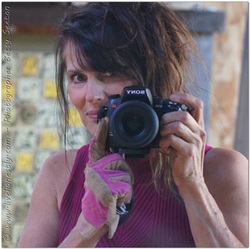

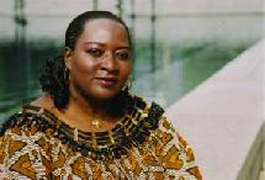
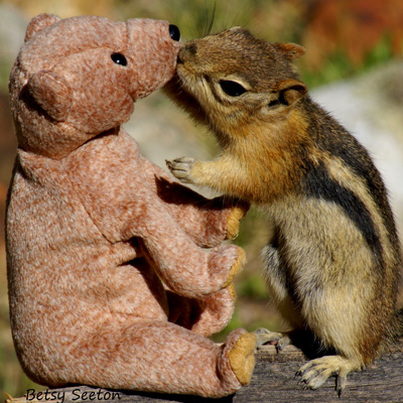
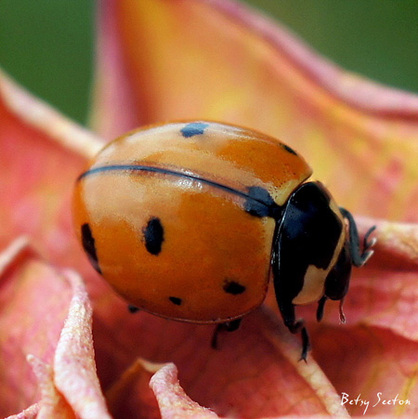
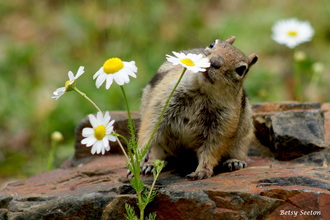
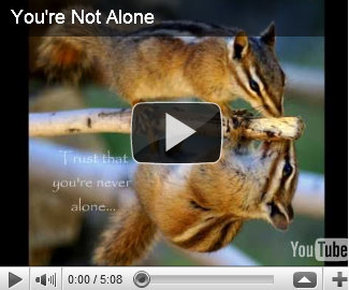
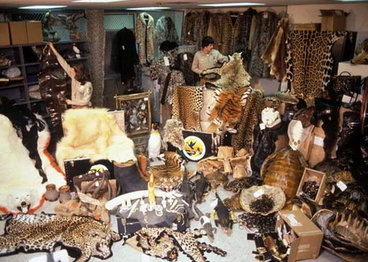
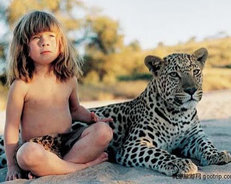
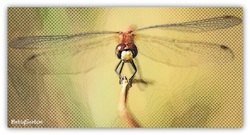
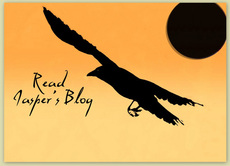
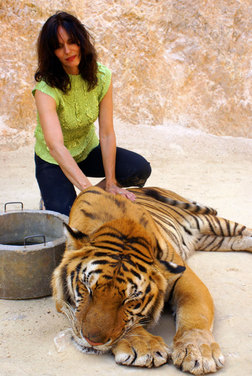
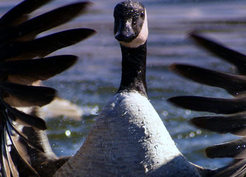
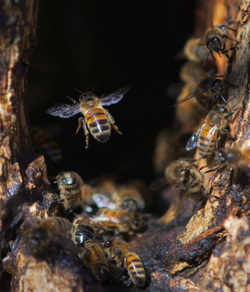

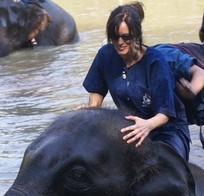

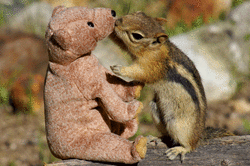

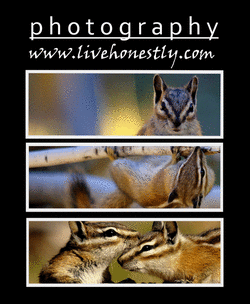

 RSS Feed
RSS Feed
